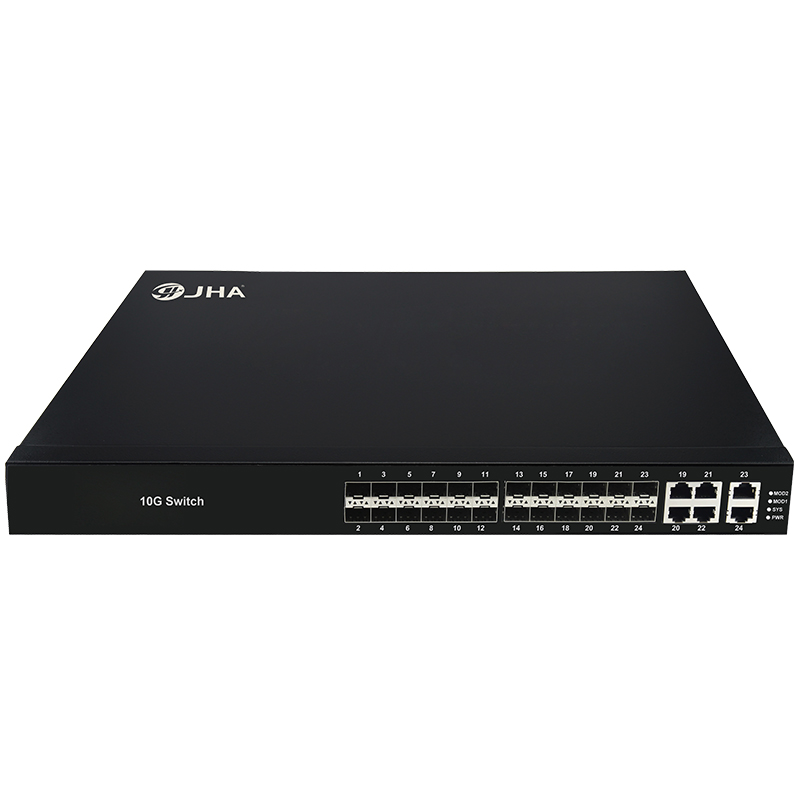1. Unmanaged switches
First of all, let’s talk about unmanaged switches. Unmanaged switches are also called fool switches. Simply put, they don’t directly process data, just plug in the Internet cable. The unmanaged switch belongs to the data link layer device. It can identify the MAC address information in the data packet, then forward it according to the MAC address, and record these MAC addresses and corresponding ports in an internal address table of its own.
Its advantage is that it is easy to use, plug and play, can be used in a large number of series, suitable for use in places with high PC equipment density, and it is cheap and can save money.
2. Managed Switch
The network management switch means literally, the switch that can be managed by the network, there are three management methods, which can be managed through the serial port, through the Web, and through the network management software. The data of the network management switch will be configured through the Simple Network Management Protocol (SNMP). The SNMP protocol is currently the most widely used network management protocol based on TCP/IP networks. It can perform data address, port, protocol type, service, etc. Filter, usually also has VLAN division function.
The task of the managed switch is to keep all network resources in good condition. The network management switch product provides multiple network management methods based on the terminal control port (Console), based on the Web page, and supports Telnet remote login to the network. Therefore, network administrators can perform local or remote real-time monitoring of the working status of the switch and network operation status, and manage the working status and working mode of all switch ports in a global view.
What are the advantages of managed switches?
*Large backplane bandwidth, faster data forwarding speed;
*There are many types of ports provided, and different interface forms such as SFP, GE, fast Ethernet, Ethernet, etc. can be selected according to the application of the network;
*Support vlan division, users can divide areas for different applications, effectively control and manage the network, and further suppress broadcast storms;
*Large data throughput, small packet loss rate, and low latency;
*Link aggregation allows switches and switches and switches and servers to be bound together through multiple Ethernet ports to achieve load balancing;
*Data information flow can be controlled based on source, destination, and network segment;
*With ARP protection function, it can improve and reduce network ARP spoofing;
*The MAC address can be bound;
*The port mirroring function can copy the traffic and status of one port to another port of the switch for supervision;
*Support DHCP function;
*The access control list can control IP data packets, such as restricting its traffic, access, and providing QoS, etc.;
*With good security performance, it can filter and lock MAC addresses, and can build static MAC forwarding tables;
*It can support IEEE802.1Q and VLAN based on port technology. The GVRP (GARP, VLAN Registration Protocol) and GMRP (GARP Multicast Registration Protocol) involved in IEEE802.1QVLAN are also widely supported;
*With SNMP function, it can better manage and control the network;
*Easy to expand and flexible application, it can be managed through network management software, or remotely accessed through its own access control, increasing the security and controllability of the network.
Post time: Sep-15-2020







